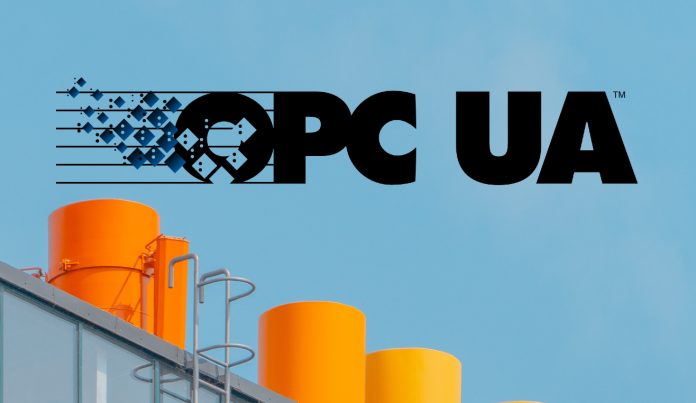The OPC Foundation and the 5G-ACIA, the organisations promoting OPC-based machine protocols and wide-area 5G for industry, have signed a memorandum of understanding (MoU) to run OPC UA over 5G. The pair want to integrate OPC UA with 5G to enhance wireless communication with industrial grade reliability and latency guarantees. The MoU was signed last month.
OPC UA is an updated version of the commonly deployed Open Communications Standard (OPC) protocol stack. The ‘unified automation’ (UA) iteration of OPC includes all previous ‘OPC Classic’ and ‘OPC DA’ capabilities but adds things like discovery to locate OPC servers on local networks and subscriptions to monitor data flow and anomalies. It can be implemented on anything from an embedded IoT sensor module running Linux to a server running an entire manufacturing system.
The OPC Foundation, founded in 1996, is in charge of developing OPC-based protocols as the basis for interoperability between manufacturing and automation assets, and to help with exchange of industrial data between edge and cloud-based systems. The 5G Alliance for Connected Industries and Automation (5G-ACIA) is pushing the interests of the industrial set in the standardization of new 5G releases, and understanding of 5G among OT practitioners.
Its collaboration with the OPC Foundation will see OPC-UA represented in 3GPP work streams. The new MoU will foster a “closer channel for exchanging views by jointly working on an extended layered stack architecture of OPC UA on top of a 5G System,” the pair said.
Stefan Hoppe, president and executive director of the OPC Foundation, said: ”OPC UA is a core industrial IoT standard used in manufacturing and process industries. As such, OPC UA supports data connectivity across diverse shopfloor and field environments that require different communications technologies best suited for the conditions at hand.
“5G represents important additions to this key list of enabling technologies OPC UA will run on. The OPC Foundation enthusiastically looks forward to collaborating more closely with 5G-ACIA to help maximize the value derived from using OPC UA over 5G.”
Andreas Mueller, general chair of 5G-ACIA G, said: “5G represents a key enabling technology for the Factories of the Future and it may lift Industry 4.0 to the next level. A close collaboration between different companies and organizations across the entire ecosystem is essential for making the Industrial 5G vision become a reality.
“With the integration of OPC UA and 5G, two important building blocks are brought together, thus forming the basis for a highly flexible and powerful connectivity fabric for smart manufacturing. Therefore, we are very excited and happy about the MoU and we look forward to a very close collaboration with the OPC Foundation.”
There was no mention in a press statement of OPC-UA over 5G with time sensitive networking (TSN), supported more widely by OT standards like EtherCAT over TSN and Profinet over TSN, and promoted by the so-called ‘Shapers’ group in combination with OPC-UA, as OPC UA over TSN (OPC UA TSN).
The ‘Shapers’ group, named for the time-shaping functions of TSN IEEE 802.1, is pushing for an open, standards-based industrial IoT solution for deterministic and real-time communication between industrial controllers and the cloud. It includes the likes of ABB, Bosch Rexroth, B&R, Cisco, General Electric, Rockwell Automation and Schneider Electric.
But 5G TSN, extending the wired TSN network into new 5G networks, to enable cellular-based connections between industrial machines and controlling devices like programmable logic controllers (PLCs), is under developing standardization, with a first release in 3GPP Release 16 at the end of 2020, and further work slated in the delayed Release 17 around ultra-reliable low-latency communications (URLLC).

